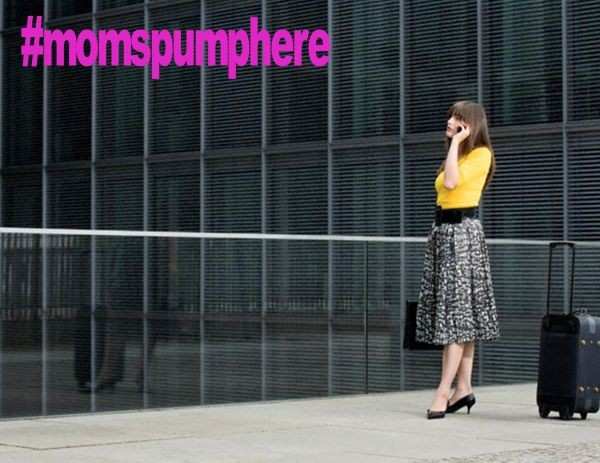I’ve almost always kept my breast milk with me when I traveled, whether the travel was for work or for pleasure. Some of my friends asked me why I didn’t ship it and I answered that I didn’t carry so much milk with me that I needed to ship it separately. A few friends in my industry would ship their milk back to their spouse or caregivers when they were on long trips because their babies preferred fresh milk over frozen milk. Some of these friends told me they had submitted the cost of the dry ice shipment as a T&E disbursement because it would be considered a “business expense”.
This example is not typical, however. Most moms we speak to who pump and travel for work are limited with the amount of milk they carry back home because they worry that TSA or airport security will take it – do you remember the Alyssa Milano incident in London this spring?) Others feel forced to dump the milk they pump because they cannot keep the milk fresh or frozen for the duration of their business trips. I remember stressing over my employer’s plan of a tour of Asia for me when I had a 9-month-old at home. I was supposed to be away from him for more than three weeks and I couldn’t figure out a way to keep three weeks’ worth of breast milk fresh and safe while I was traveling through China, Japan, and India.
Well, US technology firm IBM is taking a very important and ground-breaking step to help address this need. They are launching a service that permits working mothers within their firm to ship pumped milk to their babies in temperature-controlled devices when they need to be away from home for business reasons.
The VP of Benefits at IBM, Barbara Brickmeier, has indicated they will first “experiment with this and see how many women are interested”. She goes on to state that they will continue to provide this service if the women who use it “feel that they can better balance their work and home”.
This is a wonderful and appreciated attempt to attract and retain female workers. By addressing and meeting such a huge need for lactating moms, they are sure to set a new standard for the level of accommodations that employers should be meeting for working mothers. Let’s hope more companies and employers follow their lead.


